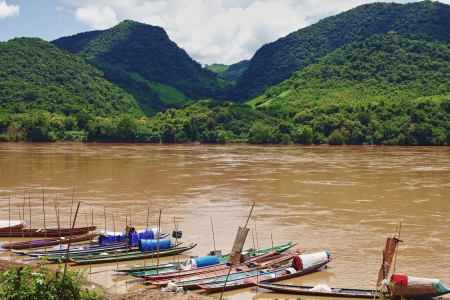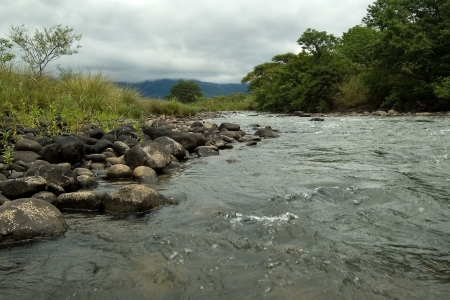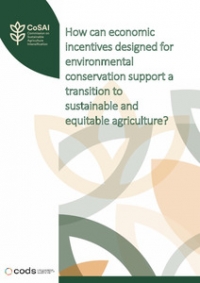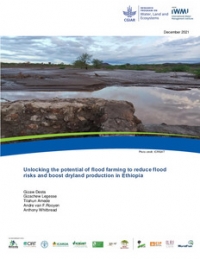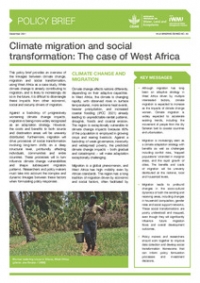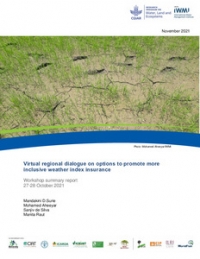Droughts and floods cost us hundreds of billions of dollars each year in food loss and property damage. What’s worse? The costs stand to rise as water variability increases in many parts of the world. This is largely due to climate fluctuations and unevenly large corporate demands paired with a diminishing supply of available water resources.
During a session at World Water Week in Stockholm, experts discussed ways to mitigate the negative socioeconomic impacts of uncertainty caused by water variability.
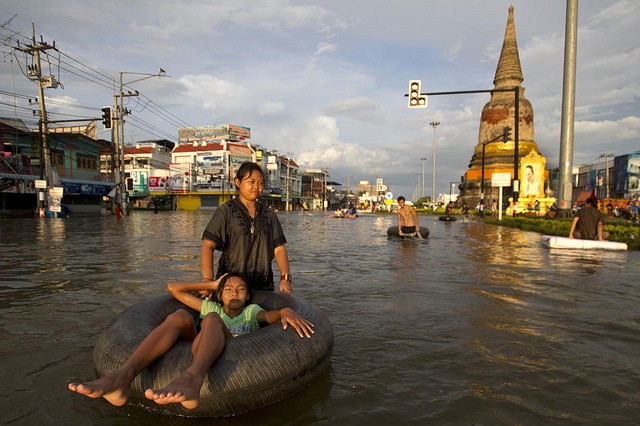
A number of recommendations, such as more efficient use of groundwater, better cross-boundary and sector information sharing, and coordinated economic planning were discussed during the session. All information was based on cases where water variability had a significant impact on food production or economic development.
A great deal of the session however, was spent discussing the differences between two methods of mitigating the economic risk of water variability: building storage infrastructure ie. dams; and investing in water marketing – or the allocation of water based on economic models.
Risk mitigation for water-related disasters
Water marketing, if done correctly, could be a very effective, low impact way to deal with the uncertainty associated with water resource availability with enough flexibility. By creating the correct institutional, economic and social structures to accommodate dips and spikes in water supply, the risk of having either too much or too little water can be mitigated. Without having to invest in any new infrastructure, transfers of water and water rights between agricultural and urban water agencies could reduce the waste of resources during dry spells, and make the overflow valuable during times of plenty.
Unfortunately, setting up and running malleable, flexible, responsive institutions and social structures is very complicated. Water management schemes are very rarely completely equitable and can often favor certain sectors of society over others if incorrectly set up.
In contrast, building dams is quite simple. Construction is easy and payoffs of water storage are straightforward, if not particularly flexible or nuanced. These structures can unfortunately have severe, negative impacts on ecosystems if not done in a socially and environmentally responsible way.
Still, there was a great deal of support for water marketing amongst the presenters and panelists, comprised of individuals from international NGOs, representatives of government water ministries, and donors like the Asian Development Bank and the World Bank. They agreed that just building brick and mortar infrastructure was not sufficient in order for societies to be resilient to the shocks of water variability.
“My ‘aha!’ moment was, when asked what they would do with 100 billion USD, the panel almost unanimously said that they would invest a large portion of it in water marketing, and only a very small amount in water storage technology, despite the complexities associated with the former,” said session chair, Claudia Ringer of IFPRI and head of the Managing Resource Variability WLE research theme.
“Instead of water storage infrastructure, they talked about putting money towards a variety of flexible and adaptive policies, early warning systems and capacity building programs. In addition, they emphasized the importance of getting the message right by finding ways of talking about uncertainty without focusing solely on risk, and instead including a meaningful economic assessment that would accurately take into account supply and demand. It was refreshing to see people excited about more proactive, forward looking policy and investment plans.”
What do you think? Is it better to mitigate water variability through water marketing or by building storage infrastructure?
Share your policy and investment recommendations with us in the comments section below.
Read a blog post about the session written by one of our partners: Climate is critical in southern Africa’s water-energy-food nexus.
This week, Thrive and WLE colleagues are at Stockholm World Water Week 2015. Opinions and analysis will focus on this year's theme of "water and development."



